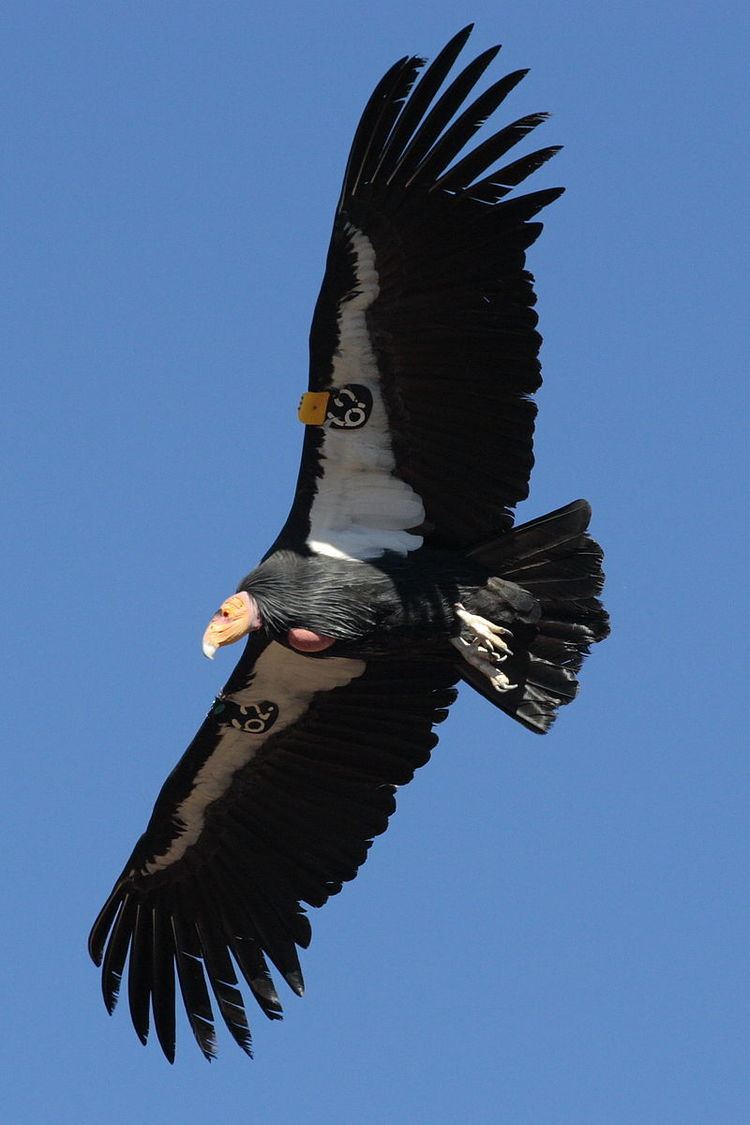 | ||
A large proportion of living species on Earth live a parasitic way of life. Parasites have traditionally been seen as targets of eradication efforts, and they have often been overlooked in conservation efforts. In the case of parasites living in the wild – and thus harmless to humans and domesticated animals – this view is changing.
Contents
Endangered parasite species
A note published in 1990 pointed out that the captive breeding and reintroduction program to save the black-footed ferret would cause the loss of its specific parasites and demanded "equal rights for parasites!". Then a paper in 1992 has warned that not only the loss of certain host species from the wild, but even host population bottlenecks or the fragmentation of host populations would predictably lead to the extinction of several host specific parasite species. It also noted that parasites are not only components of biodiversity by definition, but they also exert selective pressures upon their host populations that increase host genetic diversity. Firstly, this view met with open scepticism. Soon after, it became clear that the co-extinction of hosts and their specific parasites is likely to increase the current estimates of extinction rates significantly. A decade later, a study focusing on some highly host-specific groups (such as fig wasps, parasites, butterflies, and myrmecophil butterflies) estimated the number of co-endangered species (i.e. endangered by the endangered status of the host) at about 6300. Other authors argued that host specific parasite faunae have an unexpected advantage for conservation scientists. Their genealogies and population genetic patterns may help to illuminate their hosts' evolutionary and demographic history. Recently, scientists suggested that rich parasite faunae are inevitably needed for healthy ecosystem functioning and also that parasites and mutualists are the most endangered species on Earth. Even vets have started to argue about the conservational values of parasite species.
A recent study on parasites of coral reef fish suggested that extinction of a coral reef fish species would eventually result in the coextinction of at least ten species of parasites. Although this number might seem high, the study included only large parasites such as parasitic worms and crustaceans, but not microparasites such as Myxosporea and Microsporidia.
Example: extinct avian lice
The list below follows that of Mey (2005)
Additionally, Columbicola extinctus is a parasite of the extinct passenger pigeon (Ectopistes migratorius). However, recent taxonomic studies show that it is conspecific with the lice living on band-tailed pigeon (Columba fasciata), thus it is not extinct.
Extermination by purpose
Naturally, medical (and veterinary) science and practice aim to exterminate parasites and pathogens living in humans (and in domesticated animals). In case of the few highly host-specific pathogens, this equals the extinction of the pathogen species. Throughout human history, however, only a single one species, i.e. smallpox virus, was eradicated from the Globe. The last cases of smallpox occurred 1978. However, secured stocks still exist in the United States and Russia for defensive purposes such as developing new vaccines, antiviral drugs, and diagnostic tests. It is not known whether or not these superpowers have shared their stocks with some of their allies during the Cold War.
A second candidate for purposeful extermination is the Dracunculus medinensis (guinea worm). Once widespread across some 20 nations of Africa and Asia, the parasite nowadays is much withdrawn occurring only in four countries in Sub-Saharan Africa with only a few hundred known cases of infection in 2011. Prevalent civil wars in the region, such as the War in Darfur have ensured the survival of this species up to the present.
